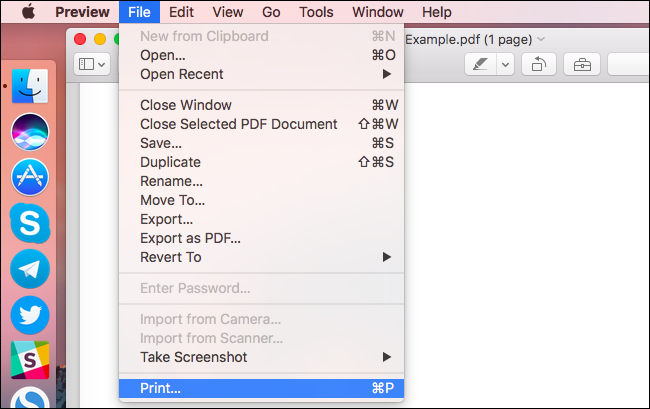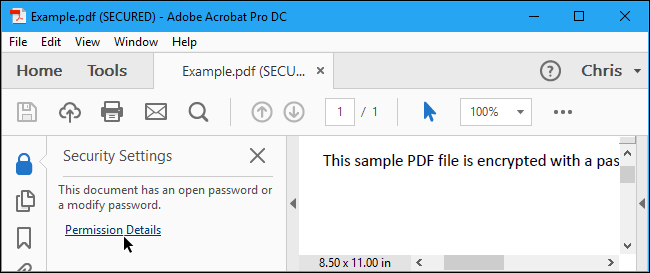Situatie
Some PDFs are encrypted with a password, which you’ll need to enter each time you want to view the document. You can remove the password to save yourself some inconvenience if you’re keeping the PDF in a secure location.
We’ll cover two ways to do this here: A convenient trick that works in all operating systems with applications you already have, and the official method that requires Adobe Acrobat. Both methods assume you know the password to the encrypted PDF file. Unfortunately, there’s no easy way to remove a password if you don’t know it.
Solutie
A Convenient Trick: Print to PDF
This may seem a little silly, but you can easily and conveniently remove the password from a PDF file by opening it and printing it to a new PDF. Your system will create a duplicate copy of the PDF, and that duplicate copy won’t have a password.
This trick will only work if the PDF doesn’t have any printing restrictions. However, many PDF files are just password-protected to provide encryption and can be printed normally once you provide the password.
You can do this in a few ways. If you use Chrome on Windows, macOS, Linux, or Chrome OS, you can do it right through your browser. First, open the PDF document and provide the password it requires. Click the “Print” button on the PDF toolbar while viewing the password-protected document.
- Click the “Change” button under Destination and select “Save as PDF”. Click the “Save” button and you’ll be prompted to provide a name and location for your new PDF. Your new PDF will contain the same content as the original PDF, but won’t be password-protected.
This method will work in Chrome on any operating system, but you can perform the same trick with other applications and PDF printers. For example, Windows 10 includes a PDF printer, which means you can do this in Microsoft Edge or any other PDF viewer on Windows.
- For example, open a protected PDF document in Microsoft Edge and provide the password to view it. Click the “Print” button on the PDF viewer toolbar after you have.
- Select the “Microsoft Print to PDF” printer and click “Print”. You’ll be prompted to choose a name and location for your new PDF file.
- You can do this trick in any PDF viewer on Windows 10. Just select the “Microsoft Print to PDF” printer. On older versions of Windows, you’ll need to install a third-party PDF printer before you can perform this trick (or just use Chrome).
This method also works in other operating systems. For example, on a Mac, you can do this with Preview, or any other PDF viewer and the built-in PDF printing feature.
- First, open the protected document in Preview and provide the password it requires. Click File > Print to open the print dialog.
Click the “PDF” menu button at the bottom of the print dialog and select “Save as PDF”. Enter a file name and location for your new PDF file when prompted. The new PDF file will have the same contents as the original, but no password.
Note: Due to the printing process, the resulting PDF won’t have selectable text. if you need to copy text from the PDF, you must re-open the original password-protected PDF and copy text from there. You could also use optical character recognition (OCR) software on the unprotected PDF.
The Official Method: Use Adobe Acrobat Pro
You can also do this the official way with Adobe Acrobat Pro, a paid application. This is a different program from the free Adobe Acrobat Reader PDF viewer that most people have. Adobe offers a week-long free trial of Acrobat Pro. Adobe Acrobat Pro will work even if the PDF has printing restrictions, and can’t be printed in other applications using the above trick.
Open the PDF file in Adobe Acrobat Pro and provide its password to view it. Click the lock icon at the left side of the window and click “Permission Details”. You can also click File > Properties and click the “Security” tab.
- Click the “Security Method” box, select “No Security”, and click “OK” to remove the password.
- Click File > Save to save your changes. You can also just close the Adobe Acrobat Pro DC window and you’ll be prompted to save your changes. Once you have, the password will be removed from the original PDF file.



